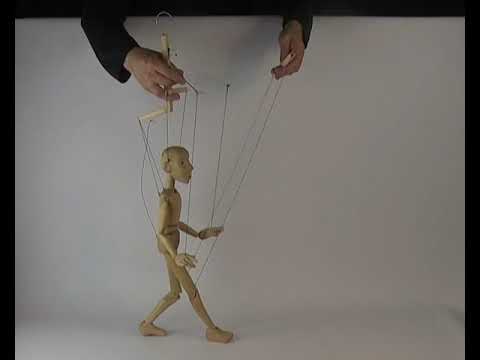Marionette puppets, with their intricate strings and captivating movements, have mesmerized audiences for centuries. Originating from ancient traditions and evolving through various cultures, these enchanting figures hold a unique place in the realm of performing arts. In this exploration, we delve into the rich history, mechanics, and artistic significance of marionette puppets, shedding light on their enduring charm and timeless appeal.
Origins and Evolution:
The history of marionette puppets can be traced back to ancient civilizations such as Egypt, Greece, and China. In Egypt, evidence of puppetry dates as far back as 2000 BC, where clay and ivory figurines were manipulated with strings. Similarly, in ancient Greece, puppetry was prevalent in religious ceremonies and theatrical performances. However, it was in medieval Europe that marionette puppetry flourished, becoming a popular form of entertainment across the continent.
During the Renaissance, marionette theater reached new heights of sophistication and artistry, particularly in Italy. Puppeteers like Pietro Gimondi and Donato Sartori elevated the craft, creating intricately designed puppets and elaborate performances that captivated audiences of all ages. The tradition of marionette puppetry continued to thrive through the centuries, adapting to changing tastes and technologies while retaining its unique charm and allure.
Mechanics and Construction:
Central to the magic of marionette puppets is their intricate mechanics and construction. Typically made from wood, papier-mâché, or other materials, marionettes are meticulously crafted to resemble human or animal figures. Each puppet consists of a head, torso, limbs, and joints, connected by strings or wires that are manipulated by puppeteers.
The strings of a marionette puppet are attached to a control bar or rigging system, allowing puppeteers to manipulate the movements of the puppet with precision and control. By carefully pulling and releasing the strings, puppeteers can create a wide range of gestures, expressions, and movements, bringing their characters to life in a mesmerizing display of skill and artistry.
Artistic Significance:
Beyond their technical complexity, marionette puppets hold profound artistic significance, serving as vehicles for storytelling, expression, and cultural exchange. In traditional puppetry, stories often draw from folklore, mythology, and historical events, conveying moral lessons and cultural values to audiences.
Moreover, marionette theater provides a unique platform for artistic experimentation and innovation. Contemporary puppeteers continue to push the boundaries of the art form, incorporating multimedia elements, music, and visual effects to create immersive and unforgettable performances.
Conclusion:
Marionette puppets stand as a testament to the enduring power of storytelling and the boundless creativity of the human imagination. From ancient rituals to modern theaters, these enchanting figures have captured the hearts and imaginations of audiences around the world. As we celebrate the legacy of marionette puppetry, let us marvel at the ingenuity of puppeteers past and present, who continue to breathe life into these timeless icons of the stage.


